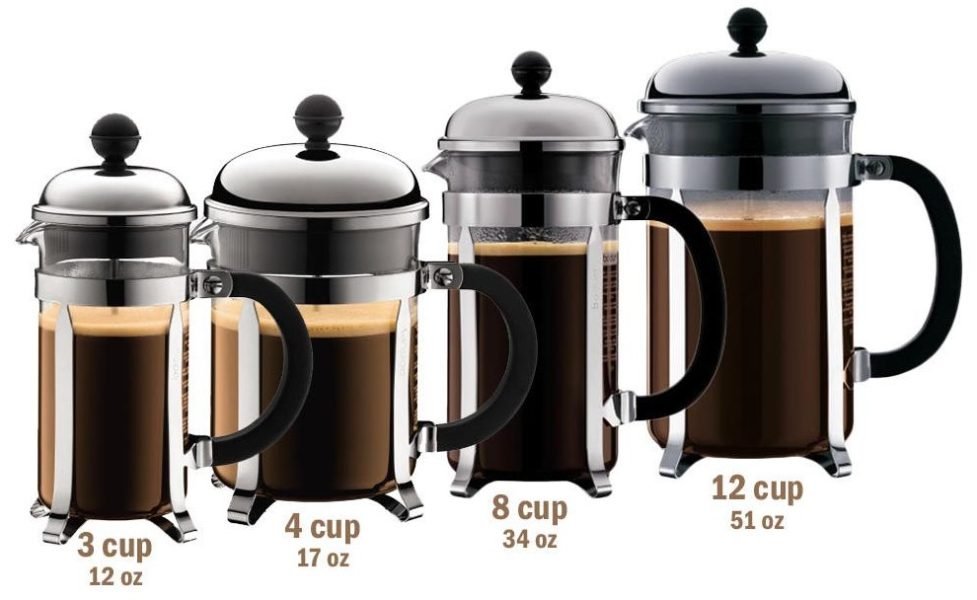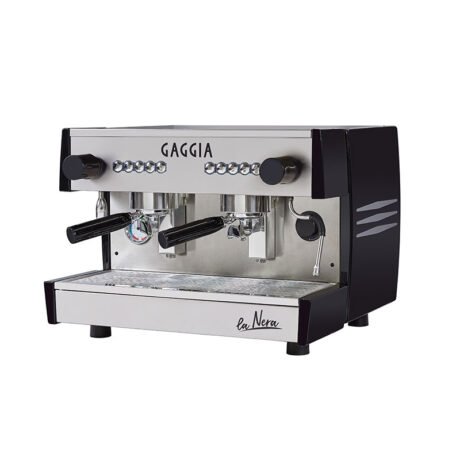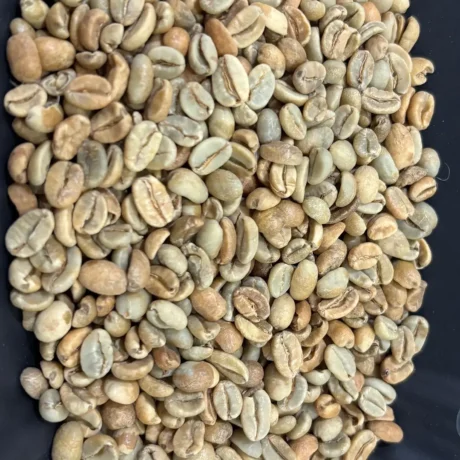Brewing coffee is often seen as an art, and the French press is a perfect example of that. Also known as a press pot or plunger pot, the French press is a simple yet elegant way to brew rich, flavorful coffee. One key factor that makes a big difference in your cup is the coffee-to-water ratio. In this guide, we’ll walk you through everything you need to know about getting that ratio just right.
What Is the French Press Coffee Ratio?
French press coffee is made by steeping coarsely ground coffee in hot water and then pressing the grounds down with a plunger. Unlike drip coffee, this method allows full immersion of the grounds, giving you a bold and full-bodied flavor.
Why the Coffee-to-Water Ratio Matters
The right ratio of coffee to water is crucial—it affects the strength, taste, and overall quality of your brew. A small change in the ratio can lead to coffee that’s too weak or too bitter.
The Standard Ratio: 1:15
A common starting point is a 1:15 ratio, meaning 1 gram of coffee for every 15 grams (or milliliters) of water. For example, if you’re using 30 grams of coffee, you’ll need 450 grams of water. This ratio helps achieve a balanced, smooth flavor.
Why the 1:15 Ratio Works
Coffee grounds contain flavorful compounds that dissolve in water during brewing. The 1:15 ratio helps extract just the right amount—enough to give your coffee depth without it becoming too strong or over-extracted.
How to Use the Ratio
- Step 1: Weigh your coffee beans.
- Step 2: Multiply the amount of coffee by 15 to get the amount of water.
- Step 3: Brew and enjoy a consistent, flavorful cup every time.
Factors That Can Affect Your Ratio
Even though 1:15 is a great starting point, you might need to adjust depending on a few factors:
- Coffee Bean Freshness and Grind Size
Fresh, coarse-ground beans work best. A finer grind might need more water. - Water Quality and Temperature
Use filtered water at about 200°F (93°C) for the best results. - Brewing Time
Steep your coffee for 4 to 6 minutes. Longer brews may require ratio adjustments to avoid bitterness.
Customize to Your Taste
Coffee is personal, so feel free to tweak the ratio:
- Want a stronger cup? Use more coffee or less water.
- Prefer a lighter taste? Use more water or less coffee.
- Keep notes on what works best for your taste preferences and beans.
Troubleshooting Common Issues
- Bitter Taste? You may be over-extracting. Try shortening the brew time or using less coffee.
- Weak Flavor? Increase the coffee amount or brew a bit longer.
- Too Much Sediment? Use a coarser grind to get a cleaner cup.
Final Thoughts
Mastering the French press ratio is all about balance and experimentation. Start with 1:15, adjust as needed, and enjoy the process. Whether you like your coffee bold or mellow, the French press gives you the flexibility to brew it just the way you like.
So grab your beans, adjust your ratio, and start your journey toward the perfect cup of French press coffee.
Need to re-stock? Contact us for your coffee beans needs!





